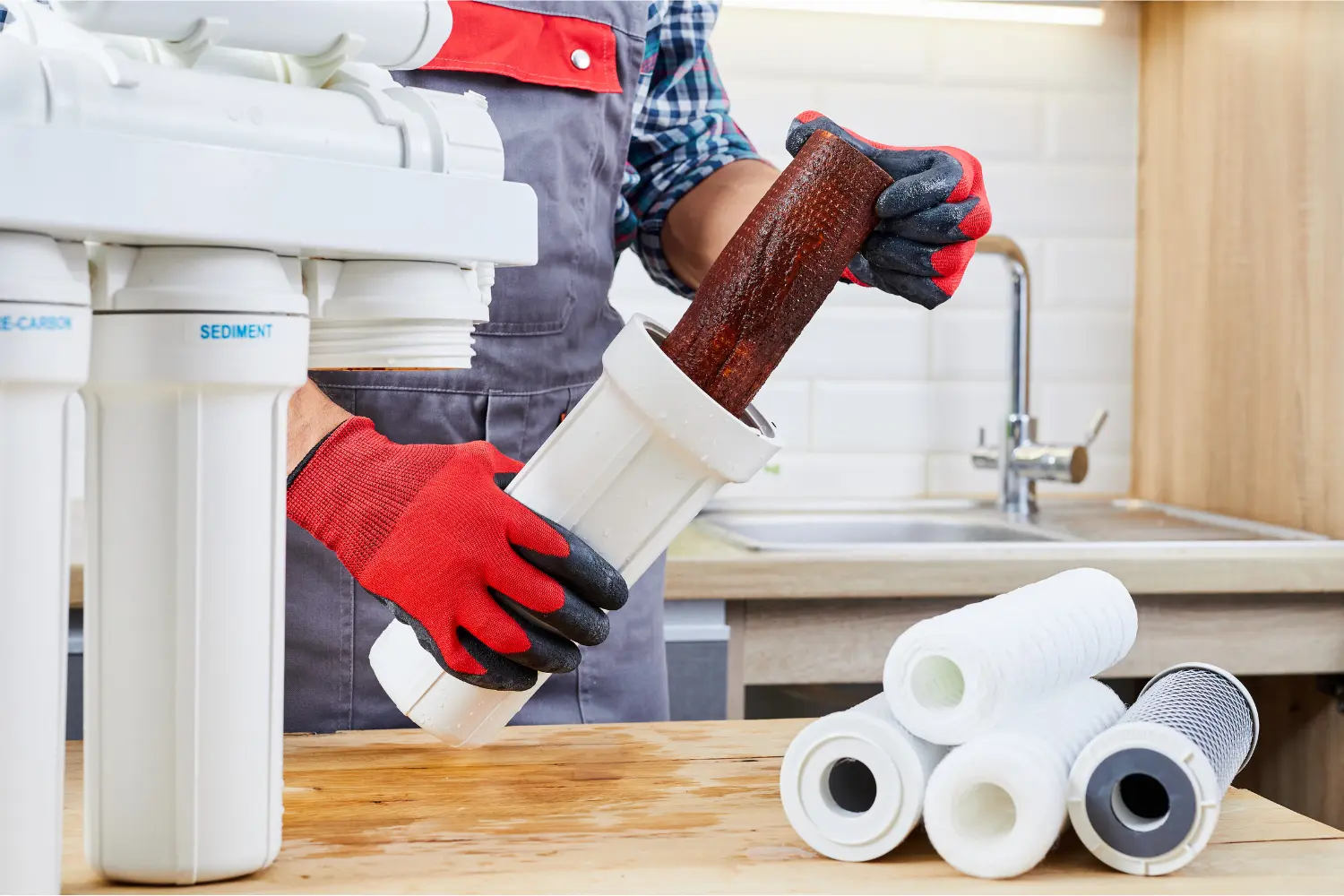In the world of electronics design and manufacturing, the prototype stage is where dreams either get validated or fall apart. PCB prototypes—short for Printed Circuit Board prototypes—are vital for testing functionality, performance, and manufacturability before mass production. However, while this phase is a critical step in the product development lifecycle, it’s also fraught with potential pitfalls. Some mistakes don’t just delay timelines—they burn through budgets, compromise product quality, and even jeopardize market entry.
Understanding the common PCB prototype mistakes and how to avoid them can save you more than just time. It can mean the difference between a successful launch and a costly failure. In this article, we’ll dive deep into these critical errors, how they impact your project, and what you can do to mitigate them.
1. Incomplete or Inaccurate Design Documentation
One of the most frequent and costly mistakes in PCB prototyping is submitting incomplete or inaccurate design files. These documents typically include Gerber files, Bill of Materials (BOM), netlists, and assembly drawings. Any missing or incorrect information can result in a board that doesn’t function as intended—or doesn’t function at all.
A prototype shop needs all the right data to fabricate and assemble your board correctly. Even minor errors—like a mislabeled component or an outdated revision of the schematic—can lead to significant delays and expensive rework.
Tip: Before submitting your files, double-check all documentation. Use Design Rule Checks (DRCs) and consult with your manufacturer if you have any doubts. Many vendors offer free file reviews—Find Out More about what services your chosen manufacturer provides.
2. Overlooking Design for Manufacturability (DFM)
Designing a PCB that looks great in software but is impossible or impractical to produce is another blunder that can cost more than time. Many engineers, especially those new to PCB development, focus entirely on circuit functionality without considering manufacturing limitations.
Examples include placing components too close to the board edge, using non-standard hole sizes, or designing traces that are too thin. These oversights may force the manufacturer to pause production for clarification or charge additional fees for custom setups.
Tip: Always check over here with your fabrication partner’s DFM guidelines and ensure your design complies. Use DFM tools integrated in most EDA (Electronic Design Automation) software to flag potential issues early.
3. Ignoring Thermal and Power Considerations
A prototype might work perfectly in a controlled lab environment but fail under real-world conditions due to thermal or power distribution problems. Common issues include overheating due to poor component placement, insufficient copper thickness for power traces, or lack of heat sinks and thermal vias.
These problems may not become evident until late-stage testing, leading to redesigns that can be both time-consuming and costly.
Tip: Thermal simulation tools and proper layout planning can prevent these issues. Ensure power and ground planes are optimized, and plan for heat dissipation, especially in high-power applications.
4. Not Testing Enough
Skipping thorough testing in the prototyping phase is a major gamble. Some teams perform only basic functionality tests and move straight to production, assuming that the prototype works because it “turns on.”
However, without in-depth functional and stress testing, you risk missing issues that only appear under specific conditions or over time. That means the final product could be defective, resulting in costly recalls or product failures in the field.
Tip: Develop a robust testing protocol. Use tools like oscilloscopes, logic analyzers, and in-circuit testers to evaluate your PCB prototype thoroughly. Simulate real-world use cases to ensure the board performs reliably.
5. Skimping on Quality Components
While prototyping on a budget might be tempting, using low-quality or mismatched components can create problems that are hard to diagnose. Cheap capacitors, unverified microcontrollers, or connectors from dubious sources can compromise the prototype’s performance and reliability.
Moreover, sourcing components without considering long-term availability can lead to redesigns when you scale to production.
Tip: Choose components from reputable suppliers and verify their availability for long-term use. Your BOM is a strategic document—invest in quality, even at the prototype stage. If you’re unsure, go right here to consult professional sourcing services that specialize in prototype development.
6. Miscommunication with the PCB Manufacturer
Clear communication with your manufacturer is essential during the prototyping stage. Misunderstandings about board specifications, delivery timelines, or assembly requirements can cause significant delays and unexpected costs.
For instance, assuming a board will be panelized by the manufacturer when it needs to be designed that way by the engineer can stall production.
Tip: Establish open communication channels with your vendor. Ask for clarification when needed, and ensure all parties are on the same page regarding expectations and deliverables.
7. Rushing the Process
The pressure to get a product to market quickly can lead to shortcuts in the prototyping stage. However, cutting corners often leads to missed errors, resulting in multiple prototype iterations that end up taking longer and costing more than doing it right the first time.
Tip: Allocate sufficient time in your project schedule for thorough design reviews, testing, and revisions. It’s faster (and cheaper) to fix a mistake before a prototype is built than to troubleshoot it after.
8. Failure to Plan for Scale
Finally, designing a PCB prototype without considering future scalability can be a costly mistake. A design that’s perfect for a single unit might not be suitable for mass production. Component availability, manufacturing methods, and regulatory requirements can all differ at scale.
Tip: From the earliest stages, think about the full lifecycle of your product. Work with manufacturers who offer both prototyping and volume production services—this ensures a smoother transition from prototype to product. To make the right choice, check over here for a comparison of trusted PCB providers.
Conclusion
PCB prototyping is much more than a checkbox in the product development process—it’s the proving ground for your design. Mistakes here not only delay projects but can have cascading effects on cost, quality, and customer satisfaction.
By paying close attention to documentation, manufacturability, testing, and communication, you can avoid the common pitfalls that derail even experienced developers. If you’re serious about your next product, make sure you treat your PCB prototype with the care and respect it deserves.












Leave a Reply